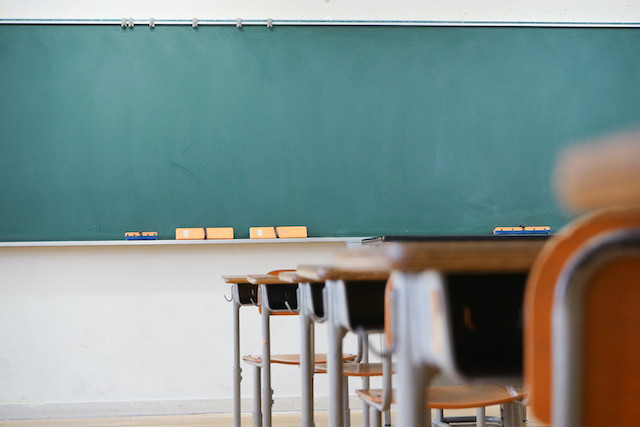The report, based on figures from the health inspectorate, provides a detailed analysis of the evolution of positive cases (among staff and students) across primary and secondary, public and private schools between 15 September, when the first term of the 2020/2021 school year started, and 27 December.
As already pointed out by the ministry during its previous weekly updates, the trend in the number of positive cases in schools reflected the general tendencies of the population in Luxembourg.
External factors, such as socio-economic background, age as well as geographic distribution, seem to have had a significant impact on the number of positive cases in schools, data shows, with higher infection rates among secondary school pupils than among those in primary school. Similarly, positive cases were more frequent among young teachers than among older ones, which could be explained by differences in lifestyles depending on age, family situation and leisure activities.
The four scenarios developed by the education ministry in order to evaluate each situation and act accordingly, has been and still remains an effective model for curbing transmission of the virus in schools, according to the report. The strong predominance of scenario 1--single positive case in a class--shows that in the majority of cases (85% in primary education and 78% in secondary education), the virus did not spread inside the school as a result of the protective measures put in place and the students were able to continue attending school.
Nevertheless, in 15 to 22% of cases, an infection arising inside the school was likely, the ministry acknowledged.
Unsurprisingly, and once again reflecting the general situation, the second wave has had a much greater impact on the number of infections across Luxembourg schools, the ministry said, adding that maintaining a high level of vigilance would remain crucial in the weeks to come.
Schools have therefore been provided with carbon dioxide (CO2) detectors to measure air quality. Moreover, a large scale tasting campaign for all staff and students was organised after the Christmas break and the subsequent week of homeschooling.
